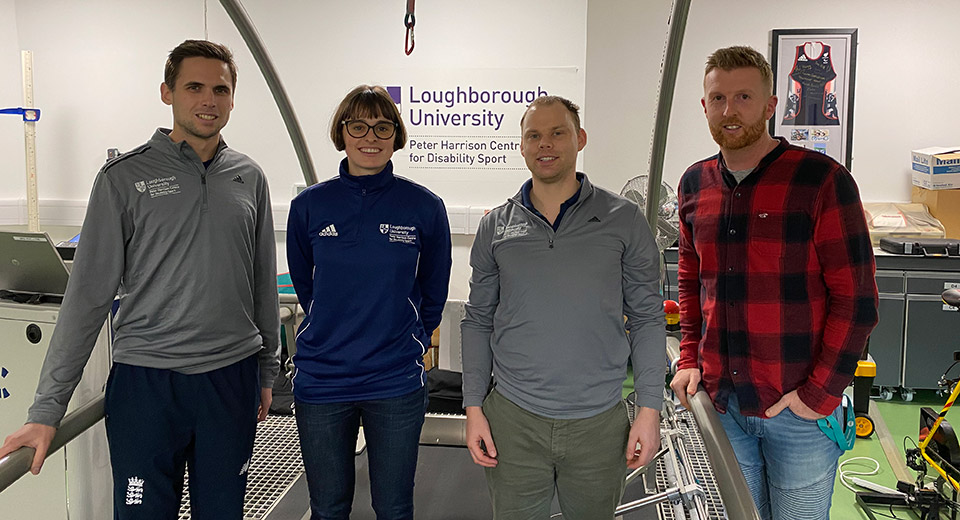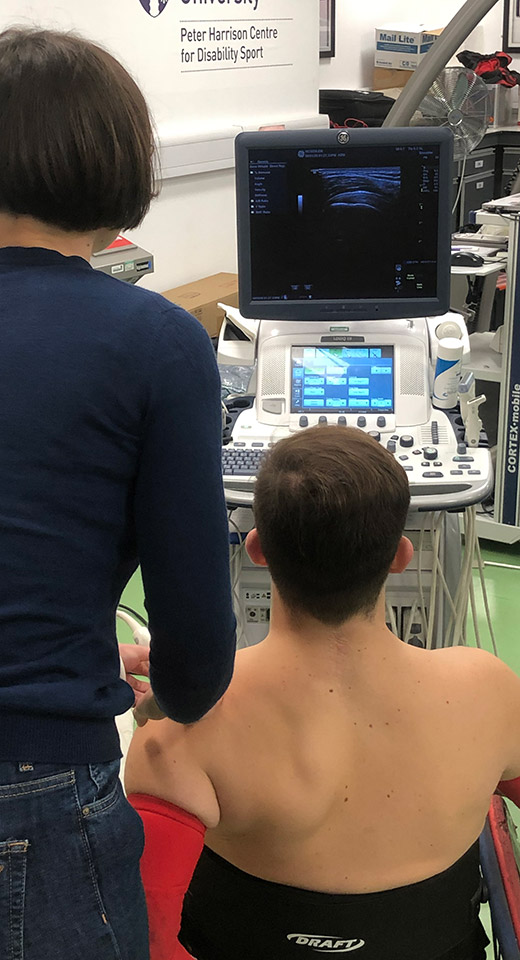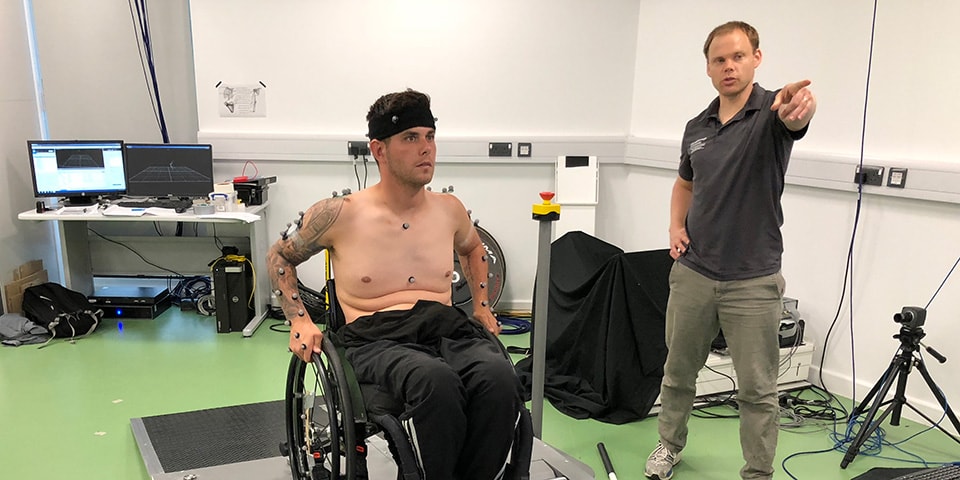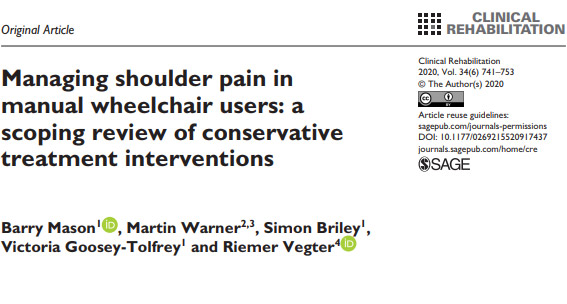At the PHC our research is helping to better understand the relationship between activities of daily living, sporting activities and shoulder health in wheelchair users (see our shoulder health section for more information). Over the past few months, we have made some exciting developments. Thanks to funding from the Doctoral College International PhD exchange programme, in January the PHC welcomed Dr Fransiska [Siska] Bossuyt from the Swiss Paraplegic Research Centre. Siska’s visit provided a unique opportunity for Simon Briley (PhD student at the PHC) to develop valuable skills in using ultrasound imaging techniques and to collect data for a new research project. This research project coordinated by Dr Barry Mason aims to explore the changes in shoulder tendons in response to fatigue in wheelchair athletes. The results of which are currently being analysed and will hopefully be available shortly.
In other news, two new research papers in the area of shoulder health have recently been published by the PHC. The first study of Simons PhD entitled “Propulsion biomechanics do not differ between athletic and nonathletic manual wheelchair users in their daily wheelchairs” was published in the Journal of Biomechanics. This study found that despite athletic and nonathletic wheelchair users performing different amounts of physical activity they adopt similar strategies to propel their daily living wheelchair. This finding means that clinicians and coaches may be able to use information from biomechanical studies of nonathletic wheelchair users during daily propulsion to inform their work with wheelchair athletes. In addition, future investigations of shoulder pain risk factors associated with daily propulsion do not need to distinguish between athletic and nonathletic populations. The second paper led by Barry entitled: “Managing shoulder pain in manual wheelchair users: a scoping review of conservative treatment interventions” has been published in Clinical Rehabilitation. This review revealed that exercise-based interventions were the most common type of intervention used to treat shoulder pain, yet research into conservative treatment options for wheelchair users remain scarce and require further attention.



